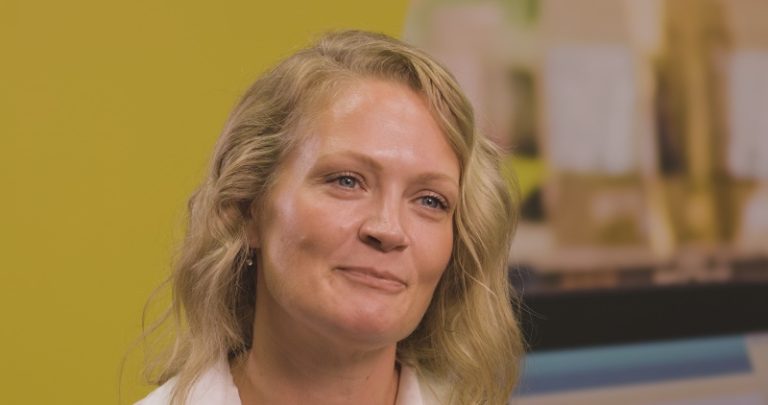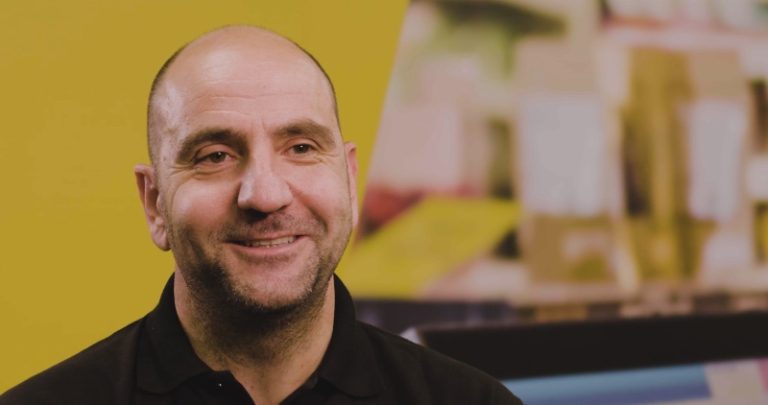How to write your first CV
How to write your first CV
Writing your CV can be a daunting task. Writing your first-ever CV can be even more of a challenge. Andrew Fennell from Standout CV explains how to get it right.
CV writing tips: how to nail the basics
Your CV is a written document where you list lots of details about your skills, education, knowledge and work experience (if you have any).
You send your CV to employers to apply for jobs, often with a covering letter. They will review your CV to decide whether they think you are suitable to interview.
Formatting your CV
To create a professional-looking CV that is easy for employers to read, the key is to keep it simple.
Use a clear font like Arial or Tahoma, and divide the sections of your CV clearly with bold headings.
Keep the CV between one and two pages long so it doesn’t take long to read.
What to include
Name and contact details
Head your CV with your name, telephone number, location (town/city) and email address, so that employers can easily see how to contact you. Be sure to use a professional-looking email address, and not one that includes nicknames.
CV profile/personal statement
You should start your CV with a profile or personal statement. This is a short paragraph that summarises your skills, education and knowledge. This will introduce you, and show employers how you are a suitable candidate.
Education
Employers will want to know how well you’ve performed in school or college, and what skills you’ve learned along the way. List all of the institutions you’ve studied at, and detail the subjects you’ve studied along with your exam grades or predicted results. List your education in reverse chronological order (so starting with the most recent, and working your way to the oldest).
Hobbies and interests
You can also add your hobbies and interests to give your CV an extra boost.
For example, playing sports can show you are motivated and a strong team player.
Volunteering for a charity can show you have good people skills and are willing to help others.
Work experience
If you have any work experience, list your jobs in reverse chronological order.
Give details of the company you worked for, dates you worked there, and your job title. Then use bullet points to demonstrate what skills you used in the job, and how you helped your employer.
Andrew Fennell is the founder of CV writing service StandOut CV, a former recruiter and regular contributor to websites such as The Guardian, CV Library, Business Insider and Fast Company.





